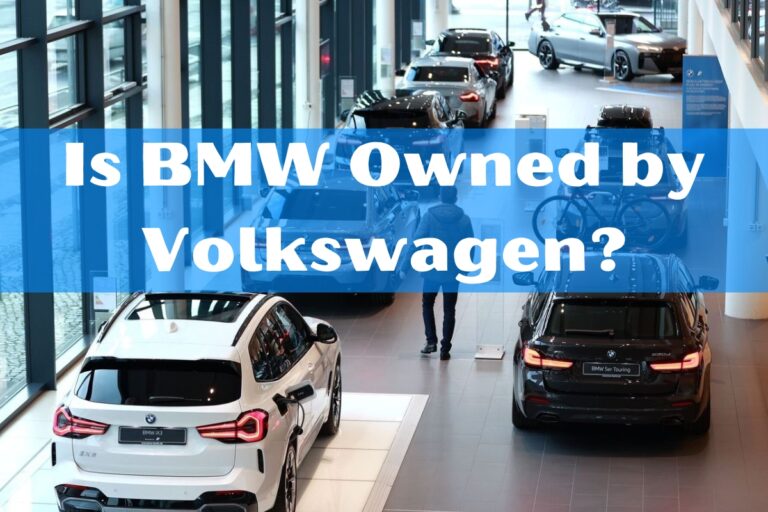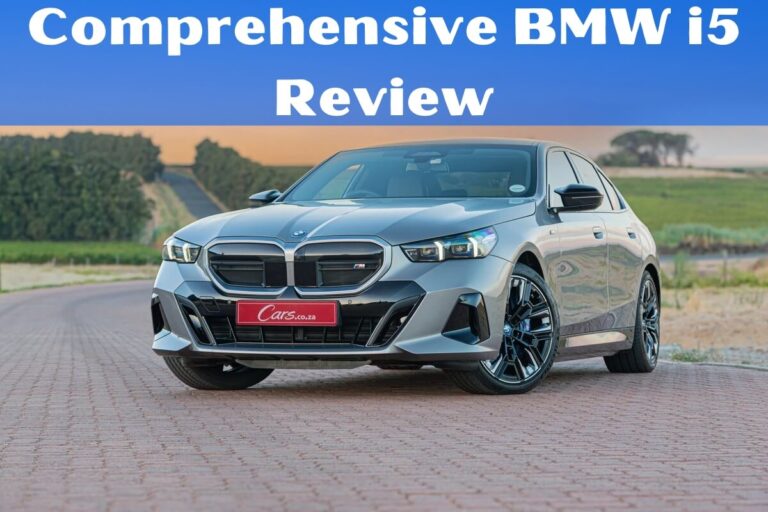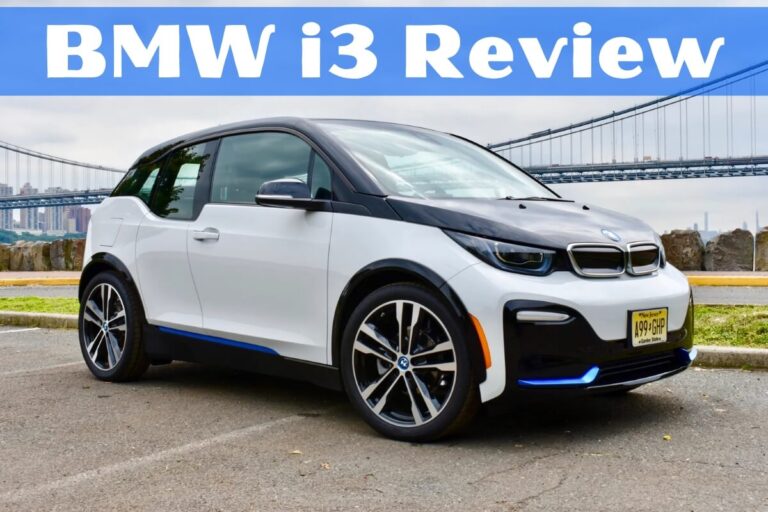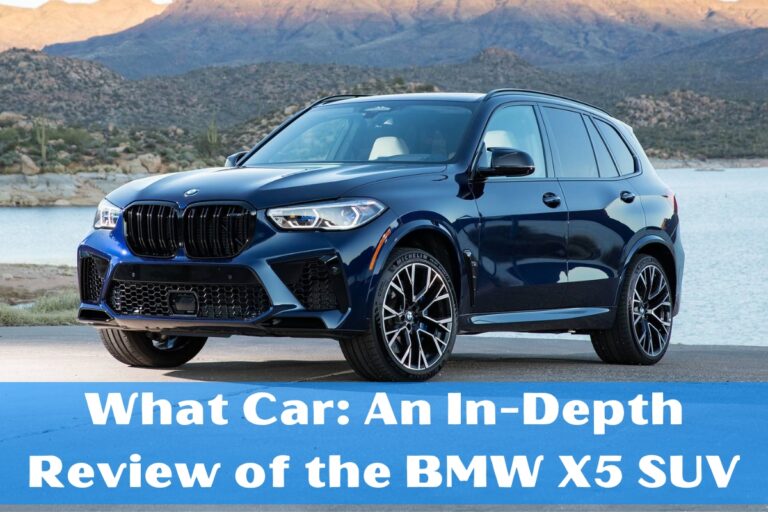Benz vs BMW: Luxury Automotive Showdown
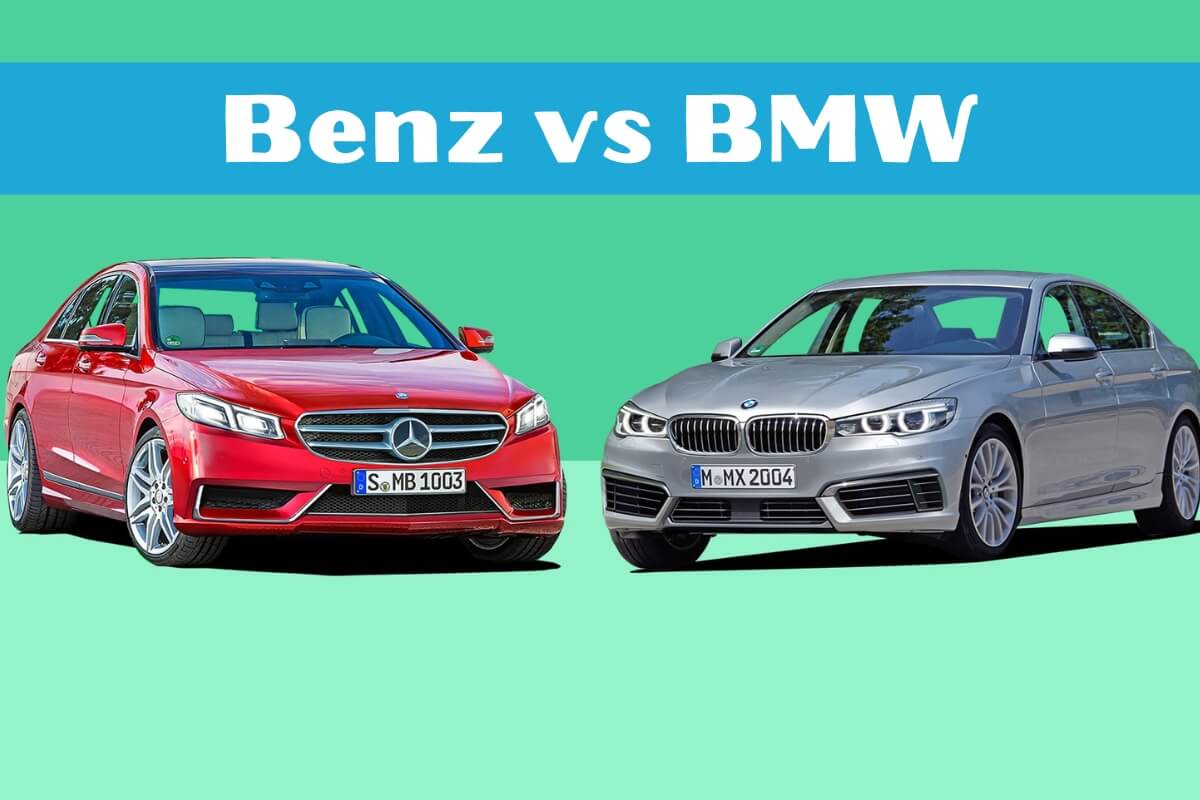
Are you stuck choosing between a Mercedes-Benz or a BMW for your next luxury vehicle purchase? Don’t worry, you’re not alone. This comprehensive comparison will break down the key differences between these two iconic German brands to help you make the best decision.
For decades, Mercedes-Benz and BMW have been locked in an intense rivalry, competing to produce the finest luxury cars on the market. While both brands offer premium vehicles with exceptional quality, performance, and prestige, they each excel in different areas. In this article, we’ll explore the history, design philosophies, performance capabilities, luxury features, safety technologies, pricing, and brand reputations of Mercedes-Benz and BMW. By the end, you’ll have a clear understanding of which brand aligns best with your priorities and driving preferences.
A Tale of Two Automotive Legends
Before we dive into the nitty-gritty details, let’s take a quick look at the origins of these automotive giants.
Mercedes-Benz traces its roots back to 1886, when Karl Benz patented the first gasoline-powered automobile. The brand as we know it today was formed in 1926 through the merger of Benz & Cie. and Daimler-Motoren-Gesellschaft. Over the years, Mercedes-Benz has become synonymous with luxury, innovation, and prestige, producing some of the most iconic and technologically advanced vehicles in the world.
On the other hand, BMW (Bayerische Motoren Werke) started as an aircraft engine manufacturer in 1916. After World War I, the company shifted its focus to motorcycles and eventually entered the automobile market in 1928. BMW quickly gained a reputation for building high-performance, driver-focused cars that prioritized sportiness and handling dynamics.
The rivalry between Mercedes-Benz and BMW intensified in the post-war era as both brands competed to establish dominance in the luxury car segment. This fierce competition has driven both automakers to continuously push the boundaries of engineering, design, and technological innovation, resulting in some of the most impressive vehicles on the road today.
Elegant Sophistication vs. Athletic Aggression
When it comes to design philosophy, Mercedes-Benz and BMW take distinctly different approaches that reflect their brand identities.
Mercedes-Benz vehicles are characterized by their elegant, sophisticated, and timeless designs. The brand’s styling emphasizes luxury, comfort, and a sense of prestige. From the sleek and curvaceous lines of the S-Class sedan to the bold and imposing presence of the G-Class SUV, Mercedes-Benz vehicles exude a sense of refinement and opulence that appeals to buyers seeking a true luxury experience.
In contrast, BMW’s designs are geared towards sportiness, performance, and driver engagement. The brand’s signature kidney grille and muscular body lines give BMW vehicles a more aggressive and athletic appearance. The interior layouts are designed with a focus on ergonomics and driver-centric controls, creating a cockpit-like feel that enhances the driving experience and appeals to enthusiasts who prioritize performance over plush comfort.
While Mercedes-Benz exteriors often feature graceful and flowing lines, BMW’s designs tend to be more angular and dynamic. Similarly, Mercedes-Benz cabins prioritize luxurious materials, plush seating, and a sense of spaciousness, while BMW interiors are more focused on sporty aesthetics and driver-oriented ergonomics.
Thrilling Performance or Refined Comfort?
Both Mercedes-Benz and BMW offer a wide range of engine options, from fuel-efficient turbocharged four-cylinder units to powerful V8 and V12 engines. However, their approaches to performance and driving dynamics differ significantly.
Mercedes-Benz vehicles typically prioritize smooth and refined power delivery, with a focus on providing a comfortable and luxurious driving experience. While Mercedes-Benz vehicles can certainly be powerful and fast, they are often tuned for a more relaxed and effortless acceleration. The brand’s AMG performance division offers high-performance variants with impressive power outputs and track-oriented handling capabilities for those seeking a more exhilarating driving experience.
BMW, on the other hand, is widely regarded for its superior handling dynamics and driver engagement. The brand’s vehicles are designed to deliver an exhilarating and responsive driving experience, with precise steering, excellent body control, and a deep well of power on tap. BMW’s M division is dedicated to creating some of the most impressive performance vehicles on the market, known for their razor-sharp handling and potent acceleration.
In terms of acceleration and top speed, both brands offer vehicles that can compete with the best in their respective classes. However, BMW tends to have a slight edge when it comes to outright performance and agility, while Mercedes-Benz often prioritizes ride comfort and refinement over outright sportiness.
Pampering Luxury or Driver-Focused Amenities?
When it comes to luxury and comfort features, both Mercedes-Benz and BMW offer a wide array of amenities and technologies to enhance the driving experience. However, their approaches differ in terms of priorities and target audiences.
Mercedes-Benz is renowned for its focus on creating a truly luxurious and opulent cabin environment. From the use of high-end materials like leather, wood, and aluminum, to advanced features like massaging seats and premium sound systems, Mercedes-Benz vehicles are designed to pamper their occupants with the utmost comfort and convenience. The brand’s interiors exude a sense of sophistication and indulgence, catering to buyers who prioritize a truly premium ownership experience.
BMW, while still offering a high level of luxury, tends to prioritize a more driver-focused approach to its interior design and features. The brand’s iDrive infotainment system is widely praised for its intuitive and user-friendly interface, and BMW vehicles often feature advanced technologies like head-up displays and gesture controls to enhance the driving experience and cater to enthusiasts who value an engaging and tech-savvy cabin environment.
In terms of infotainment and technology, both brands offer cutting-edge systems with features like touchscreen displays, voice recognition, and seamless smartphone integration. However, Mercedes-Benz tends to emphasize more advanced features like augmented reality navigation and advanced driver assistance systems, while BMW focuses more on creating a seamless and intuitive user experience for the driver.
When it comes to cabin space and cargo capacity, Mercedes-Benz vehicles generally offer more spacious interiors and larger cargo areas, particularly in their SUV and sedan offerings. BMW vehicles, while still offering ample space, tend to prioritize a more compact and sporty design aesthetic, sacrificing some interior roominess for a more dynamic and athletic overall package.
Cutting-Edge Safety and Driver Assistance
Both Mercedes-Benz and BMW are at the forefront of safety and driver assistance technologies, offering a wide range of advanced features designed to protect occupants and enhance the driving experience.
Mercedes-Benz has long been a leader in safety innovation, introducing groundbreaking technologies like crumple zones, airbags, and electronic stability control. The brand’s current lineup features advanced driver assistance systems like adaptive cruise control, lane-keeping assist, and automatic emergency braking, as well as innovative features like Pre-Safe, which can detect imminent collisions and automatically tighten seatbelts and close windows to help mitigate the impact of an accident.
BMW also offers a comprehensive suite of active and passive safety features, including forward collision warning, pedestrian detection, and blind-spot monitoring. The brand’s advanced driver assistance systems, such as traffic jam assist and active lane-keeping assist, help to reduce driver fatigue and enhance safety on long journeys.
While both brands offer impressive safety credentials, Mercedes-Benz often receives higher ratings from organizations like the Insurance Institute for Highway Safety (IIHS) and the National Highway Traffic Safety Administration (NHTSA), consistently earning top scores in crash test evaluations.
The Price of Prestige and Performance
When it comes to pricing, both Mercedes-Benz and BMW occupy the premium end of the luxury car market, with base models starting in the mid-$30,000 range and top-of-the-line offerings reaching well into six-figure territory.
In general, Mercedes-Benz vehicles tend to be slightly more expensive than their BMW counterparts at the entry-level. However, as you move up the model ranges, the pricing gap between the two brands narrows, with some high-end BMW models even exceeding the cost of their Mercedes-Benz rivals.
It’s important to note that pricing can vary significantly based on factors like trim level, engine choice, and optional packages, so it’s essential to carefully compare similarly equipped models when evaluating the cost.
In terms of value proposition, both brands offer a high level of luxury, performance, and prestige. However, BMW vehicles are often lauded for their superior driving dynamics and long-term reliability, which can translate into a better overall ownership experience for some buyers.
Additionally, Mercedes-Benz vehicles tend to have slightly higher maintenance and repair costs compared to BMWs, which can impact the overall cost of ownership over time. On the other hand, Mercedes-Benz vehicles often hold their value better than BMWs, resulting in higher resale values when it comes time to sell or trade-in your vehicle.
Brand Prestige: Affluence vs. Performance
Both Mercedes-Benz and BMW are renowned luxury brands with a rich heritage and a loyal customer base. However, their brand reputations and target audiences differ slightly.
Mercedes-Benz is often associated with a more traditional and sophisticated image, appealing to buyers who prioritize luxury, comfort, and prestige. The brand’s vehicles are seen as a symbol of success and status, catering to a more affluent and established clientele who appreciate the finer things in life.
On the other hand, BMW has cultivated a reputation as a more dynamic and performance-oriented brand, appealing to buyers who value driving engagement and sportiness above all else. The brand’s marketing often targets a younger, more enthusiastic audience who appreciate the thrill of driving and cutting-edge technology.
Both brands enjoy a strong following and a high level of brand loyalty, with many customers remaining loyal to their preferred marque for years or even decades. However, BMW tends to have a slightly stronger following among driving enthusiasts and performance-oriented buyers, while Mercedes-Benz often appeals to those seeking a more traditional and luxurious ownership experience.
The Ultimate Performance Machines: Mercedes-AMG vs. BMW M
Within the Mercedes-Benz and BMW lineups, there are specialized performance divisions that cater to true driving enthusiasts: Mercedes-AMG and BMW M, respectively.
Mercedes-AMG is responsible for creating some of the most powerful and track-focused vehicles in the Mercedes-Benz lineup. AMG models are characterized by their aggressive styling, high-performance powertrains, and precision-tuned suspensions. From the iconic AMG GT sports car to the fire-breathing AMG G63 SUV, these vehicles offer an uncompromising blend of luxury and performance that will satisfy even the most discerning speed junkies.
BMW M, on the other hand, has a long and storied history of producing some of the most iconic performance cars in the world. M models are designed with a singular focus on delivering an exhilarating driving experience, with lightweight construction, powerful engines, and finely-tuned chassis dynamics. The M3 and M5 sedans, as well as the M8 coupe and convertible, are among the most sought-after performance vehicles on the market, revered by enthusiasts for their pure driving thrills.
While both AMG and M models are engineered for maximum performance, they differ in their overall philosophies. AMG models tend to prioritize outright power and acceleration, while M vehicles often place a greater emphasis on handling dynamics and driver engagement. Ultimately, the choice between the two comes down to personal preferences and driving styles – whether you crave raw, unadulterated power or a more nuanced and engaging driving experience.
The Verdict: Which Luxury Titan Reigns Supreme?
After exploring the key differences and similarities between Mercedes-Benz and BMW, it’s clear that declaring an outright winner in this luxury car showdown is no easy task. Both brands offer exceptional vehicles that cater to different buyer priorities and preferences, and the “right” choice ultimately comes down to your individual needs and desires.
If you prioritize a truly luxurious and opulent ownership experience, with a focus on comfort, refinement, and prestige, then Mercedes-Benz may be the better choice for you. The brand’s vehicles exude a sense of sophistication and elegance, with meticulously crafted interiors and a smooth, refined driving experience that will cosset you in unparalleled luxury.
On the other hand, if you’re a driving enthusiast who values performance, handling dynamics, and an engaging driving experience above all else, then BMW might be the more appealing option. The brand’s vehicles are designed to deliver a level of driver engagement and sportiness that is unmatched in the luxury car segment, offering an exhilarating and rewarding driving experience that will leave you grinning from ear to ear.
Ultimately, the choice between Mercedes-Benz and BMW comes down to your personal preferences, lifestyle, and priorities. It’s essential to carefully evaluate your needs and test drive both brands to experience their unique characteristics firsthand. Whether you crave the opulent comfort of a Mercedes-Benz or the athletic dynamism of a BMW, you can be assured that you’re getting a premium, high-quality vehicle that embodies the best of German engineering and design.

